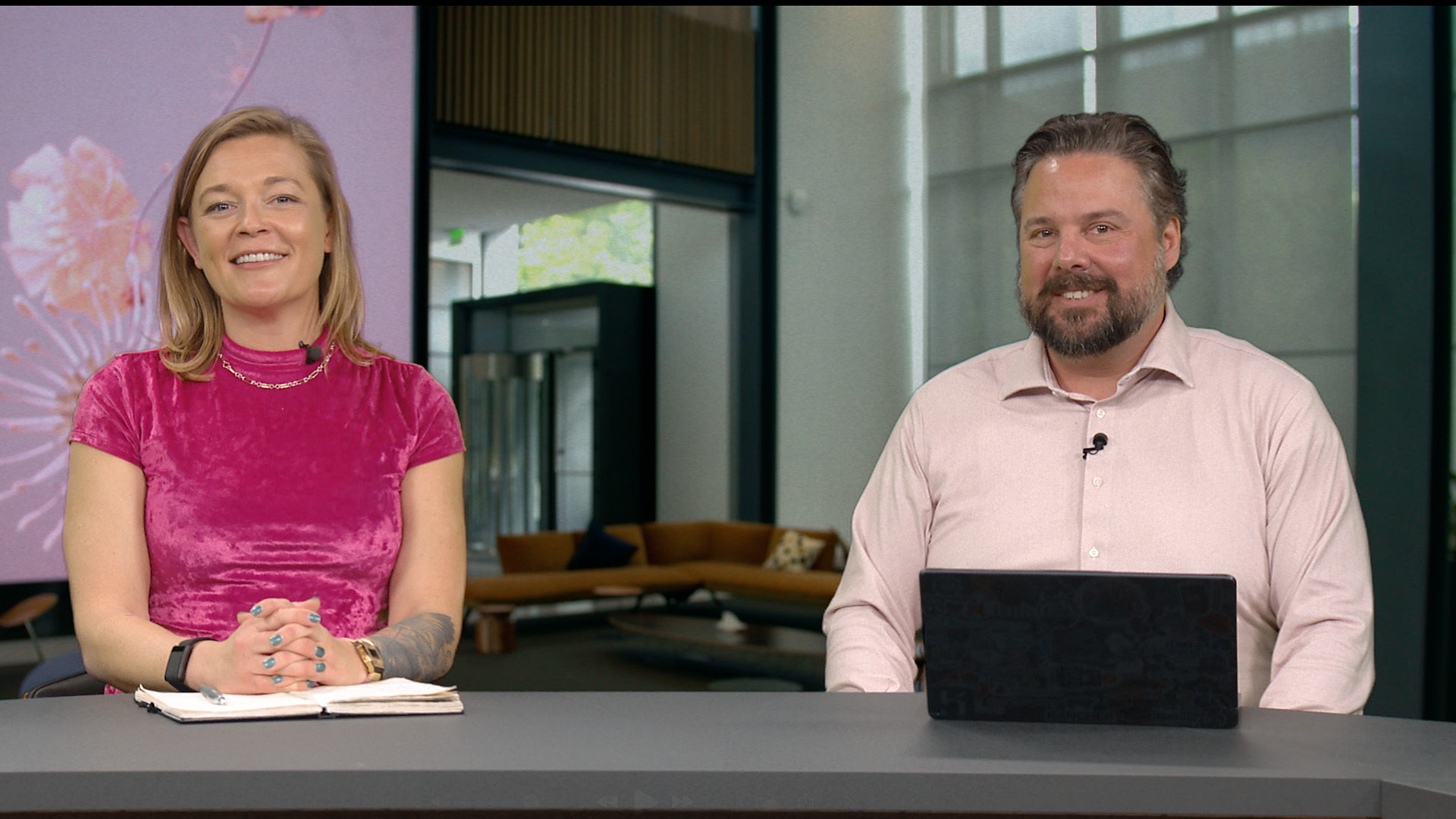 CLOUD
CLOUD
 CLOUD
CLOUD
 CLOUD
CLOUD
The cloud revolution has been transformative for enterprise IT, but not always in the ways businesses expect. Many organizations found themselves in the hybrid cloud by accident rather than intentionally. Now, they’re saddled with operational silos and inefficiencies from a convoluted technology stack
How big is the enterprise problem of fragmented cloud infrastructure? And how are platforms such as HPE GreenLake poised to remedy the situation?
“I think what’s great about Hang [Tan] and what he talks about here is that a lot of people ended up in the cloud by accident and not on purpose and not intentionally,” said Rob Strechay (pictured, right), principal analyst at theCUBE. “A lot of it was, ‘Hey, we have to go cloud-first.’ That meant to a hyperscaler. Over 50% [of enterprise data] is still on-prem. I think this is a key to where they’re going with their strategy and why what we’re going to talk about with the traditional stack isn’t equivalent to what is coming now in the future with the full stack.”
During an analysis segment from theCUBE, SiliconANGLE Media’s livestreaming studio, Strechay was joined by theCUBE Research’s Savannah Peterson for a breakdown of the “Cloud AI Journey With HPE” interview series. They discussed the evolution of hybrid cloud, the role of observability and how companies can navigate this complex landscape with the right tools and strategies. (* Disclosure below.)
The lack of a holistic plan creates situations that leave organizational tech stacks with a patchwork of traditional infrastructure, private cloud and public cloud deployments — without the required synergy between them. HPE’s GreenLake platform is addressing this challenge by unifying hybrid cloud operations. Instead of treating hybrid cloud as an accidental byproduct of rapid digital transformation, it is helping organizations embrace it intentionally, ensuring seamless integration across cloud environments. The key is automation and AI-driven management, which help streamline operations, reduce complexity and optimize workloads across different environments.
“I think when you start to look at how HPE has brought full-stack observability together, when you start to look at what OpsRamp brings to the party, not just as part of GreenLake but as part of the entire connective tissue for their stack, that is their cloud stack,” Strechay said. “I also think the fact that they brought it together with Aruba and Aruba Central is the strength of playing off of the different pieces and innovating as they’ve brought the companies together.”
Observability is emerging as a critical factor in managing hybrid cloud environments. With the acquisition of OpsRamp, HPE has strengthened its ability to provide full-stack observability across multi-vendor environments. The goal is to monitor infrastructure and offer deep insights into performance, security and optimization opportunities.
Alongside multi-vendor support that ensures a more comprehensive view of infrastructure, OpsRamp also brings capabilities such as AI-driven insights, network observability and modern, cloud-native standards. These capabilities position HPE to aid in hybrid observability as enterprises seek to improve efficiency and security in distributed environments.
One of the biggest misconceptions about hybrid cloud is that it is simply a mix of on-prem and public cloud resources. In reality, hybrid cloud is an operating model — one that extends across data centers, colocation facilities, edge locations and hyperscalers. This shift in thinking is crucial for businesses looking to optimize their cloud strategy.
“One of the things I found really about the interview, and I was delighted that HPE wanted to highlight this, was the fact that HPE isn’t trying to acquire OpsRamp and then not leverage their awesomeness despite it being a small team relative to the scope of HPE,” Peterson said. “They’re celebrating that and bringing that into their solution. Observability is so important right now.”
HPE’s sum-of-parts strategy acknowledges that each component — whether infrastructure, observability or AI integration — must be strong enough to compete in the market on its merits. The company is not just building a suite of services but ensuring that each component is robust and effective.
“I think that there’s a platform play here,” Strechay said. “We talk about it all the time on many of our different analyses that observability is about a platform play. I think that they’re coming from it from the infrastructure-up perspective. I think they’re also making acquisitions, further acquisitions on top of OpsRamp with their acquisition of Morpheus.”
The conversation is set to continue at HPE Discover.
Here’s the complete video interview, part of SiliconANGLE’s and theCUBE Research’s coverage of the “Cloud AI Journey with HPE” interview series:
(* Disclosure: TheCUBE is a paid media partner for the “Cloud AI Journey With HPE” interview series. Neither Hewlett Packard Enterprise Co., the sponsor of theCUBE’s event coverage, nor other sponsors have editorial control over content on theCUBE or SiliconANGLE.)
Support our mission to keep content open and free by engaging with theCUBE community. Join theCUBE’s Alumni Trust Network, where technology leaders connect, share intelligence and create opportunities.
Founded by tech visionaries John Furrier and Dave Vellante, SiliconANGLE Media has built a dynamic ecosystem of industry-leading digital media brands that reach 15+ million elite tech professionals. Our new proprietary theCUBE AI Video Cloud is breaking ground in audience interaction, leveraging theCUBEai.com neural network to help technology companies make data-driven decisions and stay at the forefront of industry conversations.